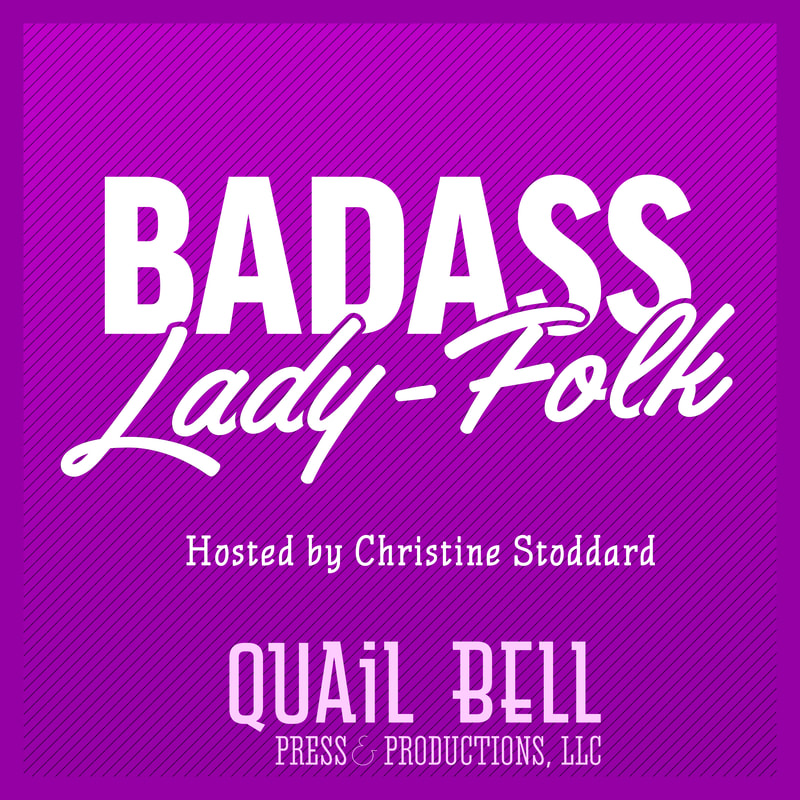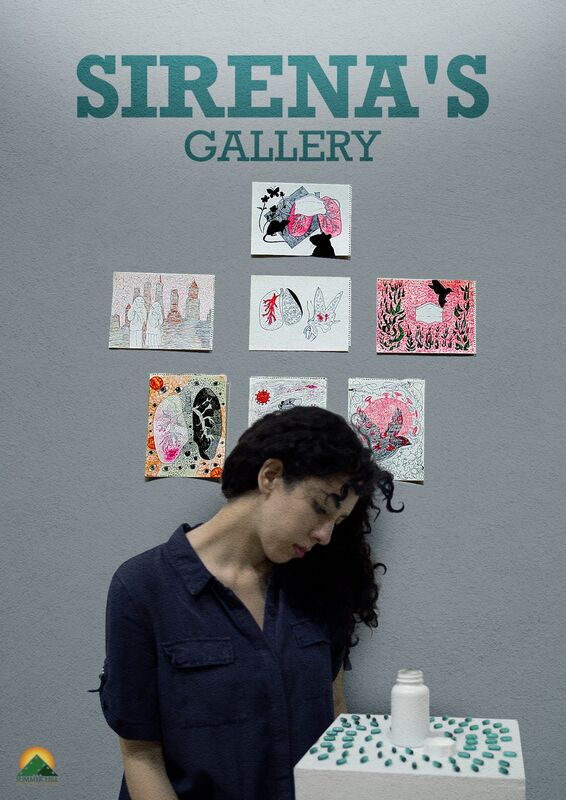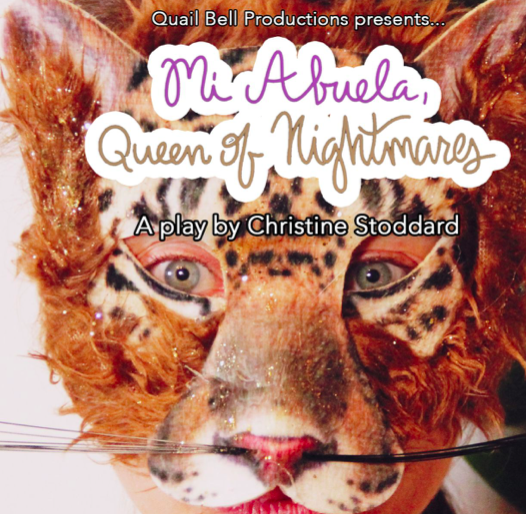|
The Breadcrumbs widget will appear here on the published site.
Pandemic literature before COVID-19 seems almost quaint nowadays. To imagine society falling apart due to some virus, usually traced back to an animal of some kind, seems easier to accept after how 2020 has turned out. Of course, this isn't to decry any pandemic literature before this year, but to make it interesting to study in hindsight. What do we know now about global pandemics that we only thought were fiction before, and how have the last several decades of research and study shaped our culture and media are all matters we've considered now that we've seen a pandemic of this scale play out. Released in 2019, Tosca Lee's newest duology has a lot of the hallmarks of the COVID-19 pandemic, but presented in a different lens. In these two novels, Lee examines how a pandemic of Rapid Early Onset Dementia affects the U.S., as seen through the eyes of its heroine, Wynter Roth. The first book, The Line Between, follows Wynter after she was exiled from the cult she grew up in, only to find her reentry into society hampered by the REOD pandemic that quickly shuts down the U.S. before she finds herself set out on a journey when it turns out she and the cult she was raised in may have a specific tie to the outbreak. While this book follows the initial outbreak and collapse of society, the sequel, A Single Light, follows Wynter and the cast of the first novel as they try to survive in the months after, and how their hope for society to reform are continually challenged by new and unexpected developments. At the end of The Line Between, Lee explains all the scientific research and real-world events that inspired the pandemic in this world. With COVID-19, it's really easy to see how these old, thought-to-be bacterial strains can somehow reemerge and infect animals before infecting people. Most pandemic stories like this would turn it into a zombie outbreak or something designed to wipe out specific groups of people. By making the disease dementia makes it all the more terrifying because it's affecting perfectly sane, healthy people and makes them slowly degrade, possibly while aware of the ramifications. It shows how this could quite easily bring society down, especially when coupled with seasonal influenza, and also show how little we could be prepared for something like that. Because of this, Lee's setting and the pandemic presented are genuinely terrifying, and by centering it around the initial outbreak, it becomes all the more realistic when we see exactly how people would have to snap into survival mode. However, the main draw of these novels is that we're seeing the entire tale through the character of Wynter. Wynter is a young woman how had her development stunted by a cult atmosphere that required her to forego earthly desires and make herself subservient to men. The first book follows her initial reintroduction to society and the PTSD and trauma a cult survivor goes through when removed from that society. It's interesting to see how the sheltered Wynter has to readjust to modern technology and culture and slowly deprogram herself when it becomes clear the cult was just the power fantasy of a millionaire. The issue, from there, is that once Wynter is thrust into an action-thriller, she snaps almost too easily into the role of action heroine. She still has to learn to fight, use a gun, and to use subterfuge, but by the end of the first story, Wynter has almost shed her trauma too easily, with only scant mentions of it in A Single Light. This isn't to say she's too unrealistic, but it removes an edge from her that could have made her interesting as a protagonist, especially when the sequel thrusts her from action set piece to action set piece. This also is where a lot of the issues in story and character come from. The cult itself is fairly generic, being a typical male power fantasy that uses a cherry-picked and at times outright false version of Christianity to control its people through doomsday prophecies and an anti-technology agrarian setting. Even the set pieces in the pandemic-ravaged America feels pretty rote, where Midwest preppers have all the supplies and groups of armed men in camo are able to orchestrate roadblocks and attacks to steal gasoline and water. It's common in these stories to have uninfected people be the real monsters to deal with, but it doesn't make the story as effective or unique when it falls back into similar archetypes without trying to differentiate from media like The Handmaid's Tale or The Walking Dead. It also doesn't help that a lot of the twists and story beats across the series are often under-explained or don't really go anywhere. Wynter is dragged into the plot because the cult has a coincidental tie to the pandemic, but beyond that the cult doesn't seem to have much to do with the actual event. It's understandable that the reader would only know as much as the characters in these stories, but it becomes a little unsatisfying when the pieces don't resolve in an interesting way. It also doesn't help that there are plenty of moments or details that come into play and seem like they'll be important, but ultimately mean very little for the story by the end of it. It also doesn't help that this ultimately means a lot of the characters prove to be quite ancillary by the end of it. Aside from Wynter, her main companion, a former Marine named Chase, is the only person who does a lot for the story and who seems fully realized. A lot of other characters serve singular purposes to get Wynter on her way, or are sidelined and ignored when they could be used more to bring more out of Wynter or to provide additional perspectives to the world they're in. As an example, Wynter is picked up from the cult by her mom's old friend, Julie, and while Julie is important for Wynter's healing in the first half of The Line Between, she's ultimately sidelined for the rest of the story and exists to provide motivation in the sequel. The same could be said for Julie's daughter, Lauren, who provides the opportunity to form a sisterly bond with Wynter to replace Wynter's sister who remained in the cult and provide the help she needs to acclimate into modern society, but remains a satellite character for both novels instead. Overall, The Line Between and A Single Light aren't necessarily bad works. There's plenty of exciting events throughout both books and Lee's prose is quite competent. However, it's ultimately a bit disappointing as a series because the story doesn't go as far as it could have gone with its characters or setting. There's interesting ideas within, but none of them are as deep as they could be, nor are they played with enough to make the work stand out among pandemic literature. The Line Between is probably the better of the two books, if only because Wynter has more of an arc in it and the contrast of the cult setting and the early-outbreak society are fairly interesting, but overall, this is a series that could have been made better if it was looked at much closer with the microscope.
0 Comments
CommentsYour comment will be posted after it is approved.
Leave a Reply. |
AuthorWrite something about yourself. No need to be fancy, just an overview. Archives
March 2024
Categories
All
|



 RSS Feed
RSS Feed






